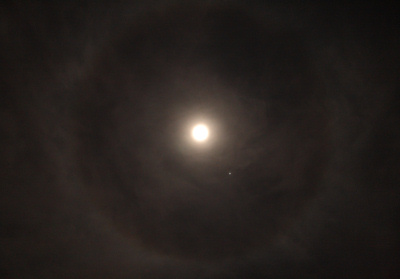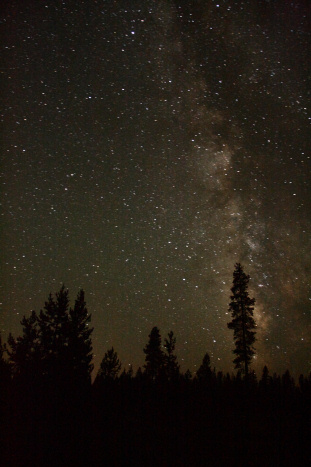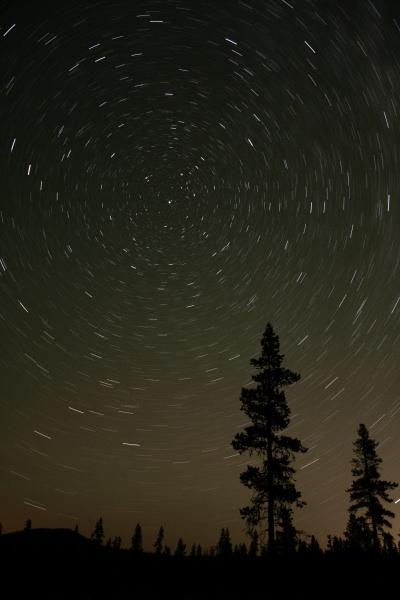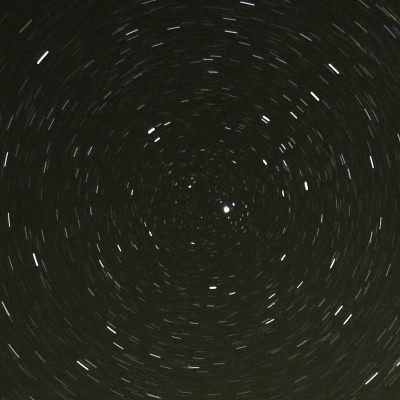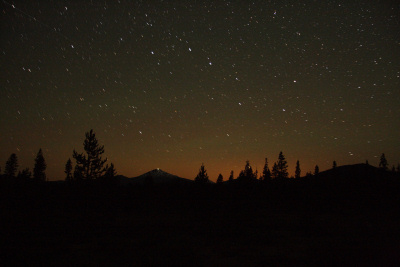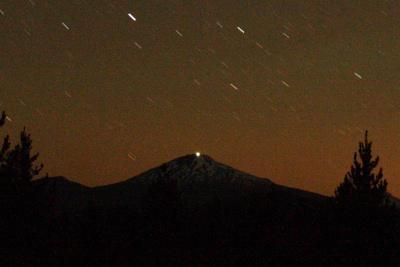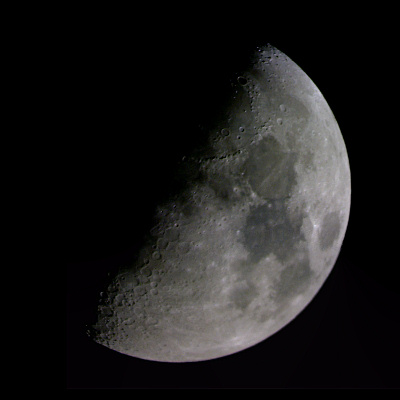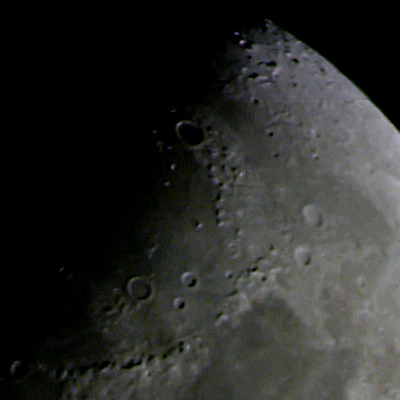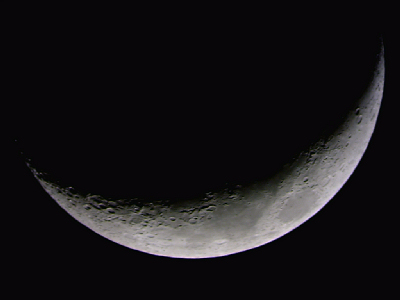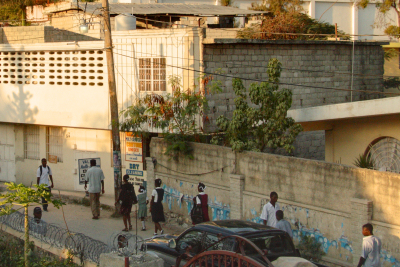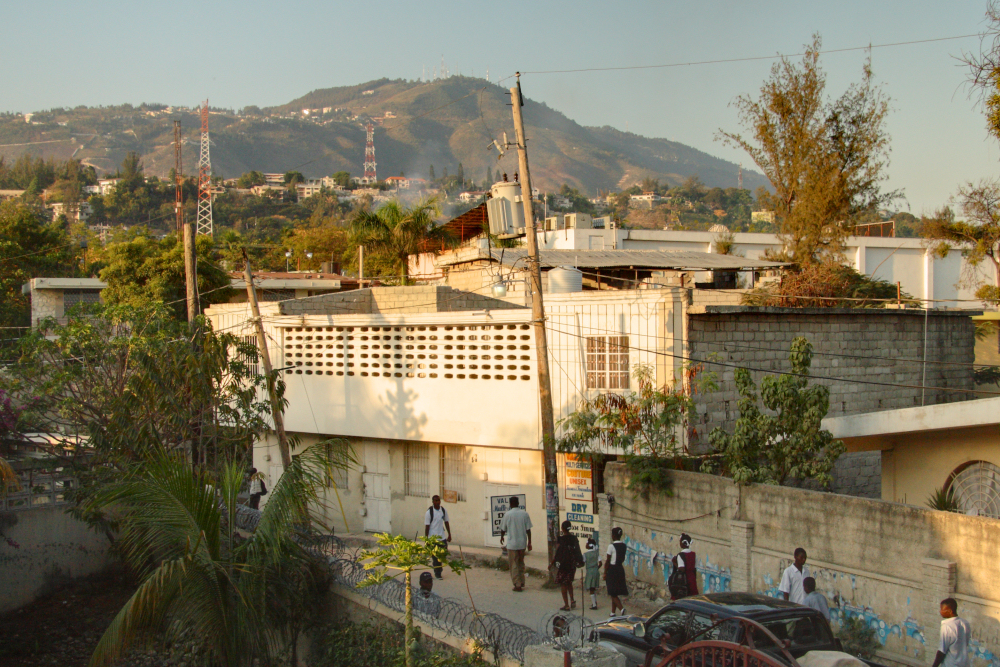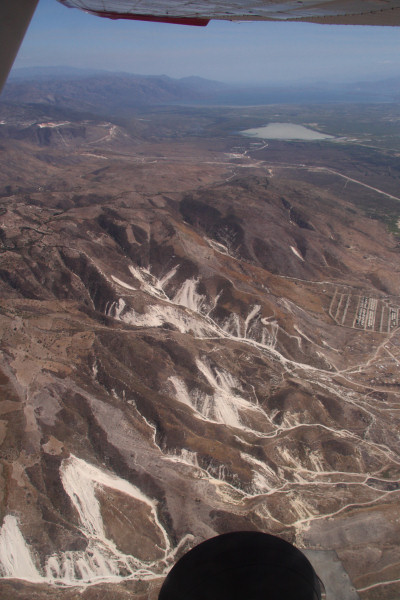
Yesterday I had the privilege of participating in an emergency medical evacuation for a member of a short-term mission team who suffered an eye injury. He had been cutting metal, and somehow got a small shard lodged in his eye. It was starting to rust, and the man's right-eye vision was being progressively reduced to a foggy blur. Their Fort Lauderdale physician told his team to get him to a U.S. eye specialist ASAP.
They were able to change their American Airlines ticket for an early return, but to catch that flight required them to make an emergency trip from Cap-Haïtien to Port-au-Prince on Sunday. The choice was to drive an arduous mountain "road" 151 miles -- about 10 hours, three of which has constant bumping and lurching -- or to board an MAF airplane for a smooth 40-minute flight. They chose the latter, and requested an emergency medical evac from MAF.
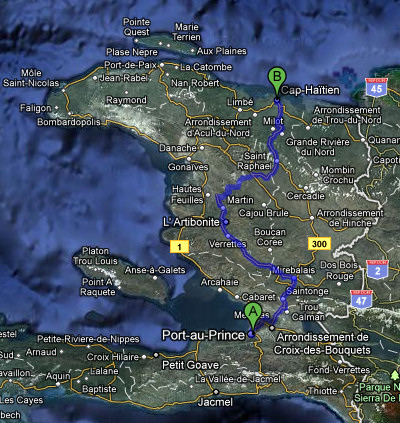
Since it was a Sunday, the normal MAF hanger staff was not at the airport, so someone needed to go with David to help push around airplanes to free up the Cessna 207 he needed to take. I only had to ponder a nanosecond or two before volunteering to be that person.
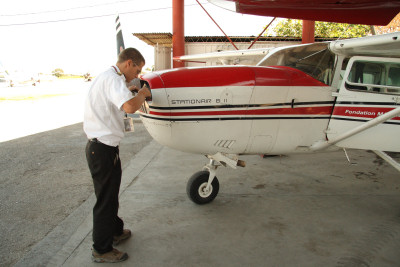
Besides muscling airplanes around, I was able to help the passengers get their flight harnesses on, talk with them while David was doing flight checklist duties, etc. True, someone else could have helped David on this flight. But this time it was me, participating in an activity that is routine for an MAF pilot.
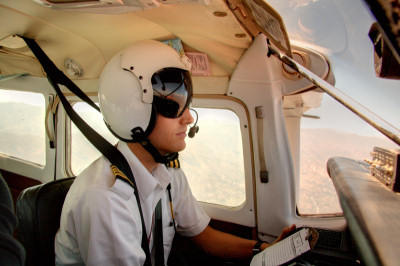
This is why MAF is in Haiti. Kathy and I understood what they did before we came to Haiti, but this visit has brought it all to life for us. We count it a great privilege to have made the trip from Portland to Port-au-Prince. And after we return to Oregon, David and Christine will continue their lives of cold water showers and BYOE (Bring Your Own Electricity), in order to make a difference in Haiti. From David's flying to Christine's teaching English, they are indeed making a positive impact in a region that is close geographically -- yet very far away experientially. And that makes me a very proud parent. :-)
-----
Update 02-Mar-2011:
Today I received a forwarded message from the ministry that sponsored the mission team David transported on Sunday. Here are some excerpts:
"Greetings in the name of our Lord....We greatly appreciate the medical flight of February 27th -- even though not a life/death situation it did expedite the treatment of Mr. D's eye. A tiny bit of metal generally does not even come to our attention except when located in an eye over the lens. Mr. D's eye at the time of the flight had reacted to the metal causing rust and a reaction that clouded all vision in that eye. Only the Lord knows how close he was to reaching the stage of scarring and permanent loss of vision....Due to your rapid action and willingness to arrange for a Sunday flight for a less than life threatening medical condition, the removal of the metal stopping the reaction occurred Sunday night in a Ft. Lauderdale emergency room. The following day an eye doctor removed all the rust and assured Mr. D that within a couple of days his vision would clear, returning to normal. Thank you very much for your ministry. Thank you for the extra work for the medical flight."
So, God used MAF to help save this man's vision. And in this case, God used
my son to save Mr. D's full eyesight. (How cool is that, for a dad to be able to say??) MAF Haiti performs many medical flights in addition to their regular work of transporting teams and supplies to outlying Haitian communities -- but Sunday's trip was a "bonus" because I was able to participate and see David in action.
I'm thankful that God has called David and Christine to MAF in Haiti. Every day, they execute on the MAF mission:
"Sharing the love of Jesus Christ through aviation and technology so that isolated people may be physically and spiritually transformed."Now more than ever, I feel a part of that great work. :-)
